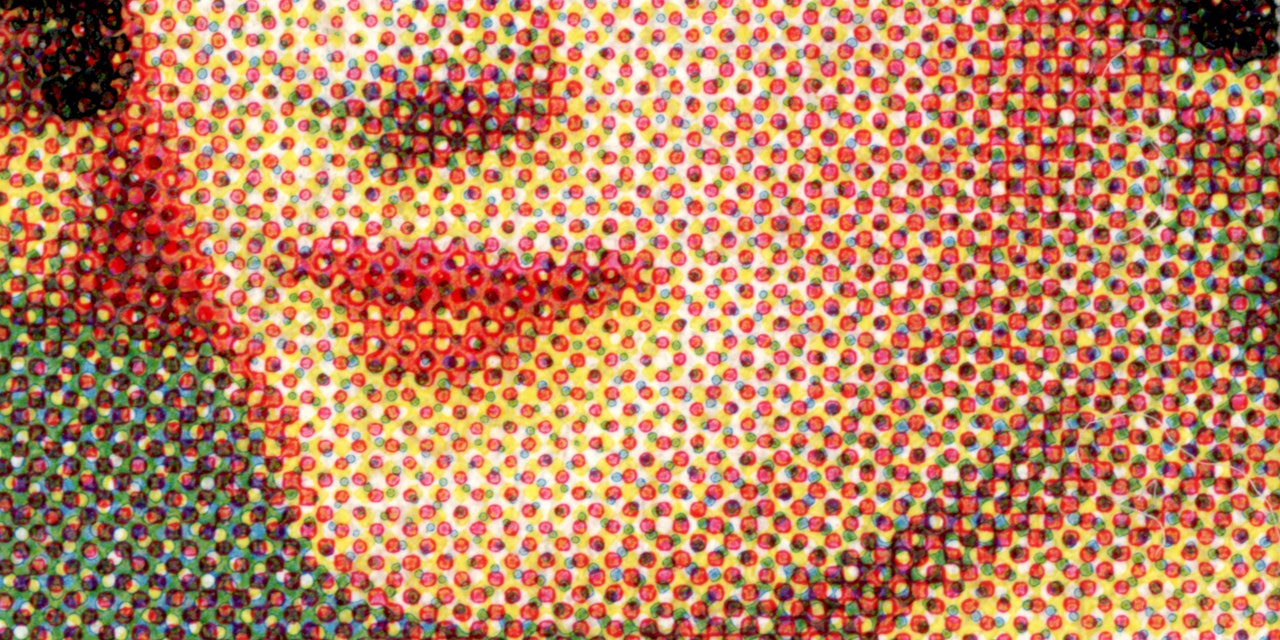Experimenting with new skin care, makeup, or hair dye is all fun and bathroom selfies until you end up with an allergic reaction on your face. If your skin doesn’t like whatever you’ve swiped or dabbed across it, you may see tiny bumps, dry patches, swaths of red, or welt-like hives—not to mention, all that irritation can cause it to itch like hell. In these moments, you’re probably focused on one thing: treating the allergic reaction ASAP.
Dealing with a skin rash on your body is bad enough but the face tends to be particularly sensitive, so how are you supposed to move on with your life when this tender area is acting like you owe it an apology? We asked a few dermatologists this critical question and they gave us their best advice for soothing initial irritation, as well as safely reintroducing your favorite cleansers, serums, and creams to your skin care routine post-freak-out. And when you’re ready to try something new, they’ve got you covered there, too—you’ll want to be smart and strategic about it, after all, in order to keep your complexion calm and clear.
Here’s everything you need to know about what an allergic reaction on your face looks like, how to heal your angry skin, and what you can do to avoid the misery of it all in the future.
How to tell if a rash is a symptom of an allergic reaction
There are two types of contact dermatitis, a form of eczema that is usually characterized by an itchy rash on the skin: irritant and allergic. If a substance is causing irritant contact dermatitis—commonly referred to as just “irritation”—it’s affecting the stratum corneum, the protective top layer of skin that keeps things like irritants and allergens out.
READ RELATED: Will I ever have sex? When I tried I couldn’t get an erection and the girl told all her friends
But when a product leaves you with allergic contact dermatitis, that means it’s causing an allergic response involving cells in your skin that are part of your immune system, Jennifer Mancuso, MD, a board-certified dermatologist at the University of Michigan, tells SELF.
In general, “how [the reactions] look and feel is actually very similar,” Nada Elbuluk, MD, clinical assistant professor of dermatology and director of the Skin of Color Center and Pigmentary Disorders Clinic at the USC Keck School of Medicine, tells SELF. Both types of contact dermatitis can cause symptoms such as burning, stinging, itchiness, dryness, and reddening (depending on your skin tone). But the severity of the reaction can vary widely.
For instance, if you’re experiencing a mild case of irritant contact dermatitis, you’ll likely notice signs of dryness and inflammation—such as redness, itchiness, peeling, and flakiness—immediately after applying a product or a few hours later. At the more extreme end of the spectrum, you could develop burning and even blisters, Temitayo Ogunleye, MD, an assistant professor of clinical dermatology at the University of Pennsylvania Perelman School of Medicine, tells SELF. (FYI: Symptoms usually become more intense with repeated exposure to the irritating product.)






